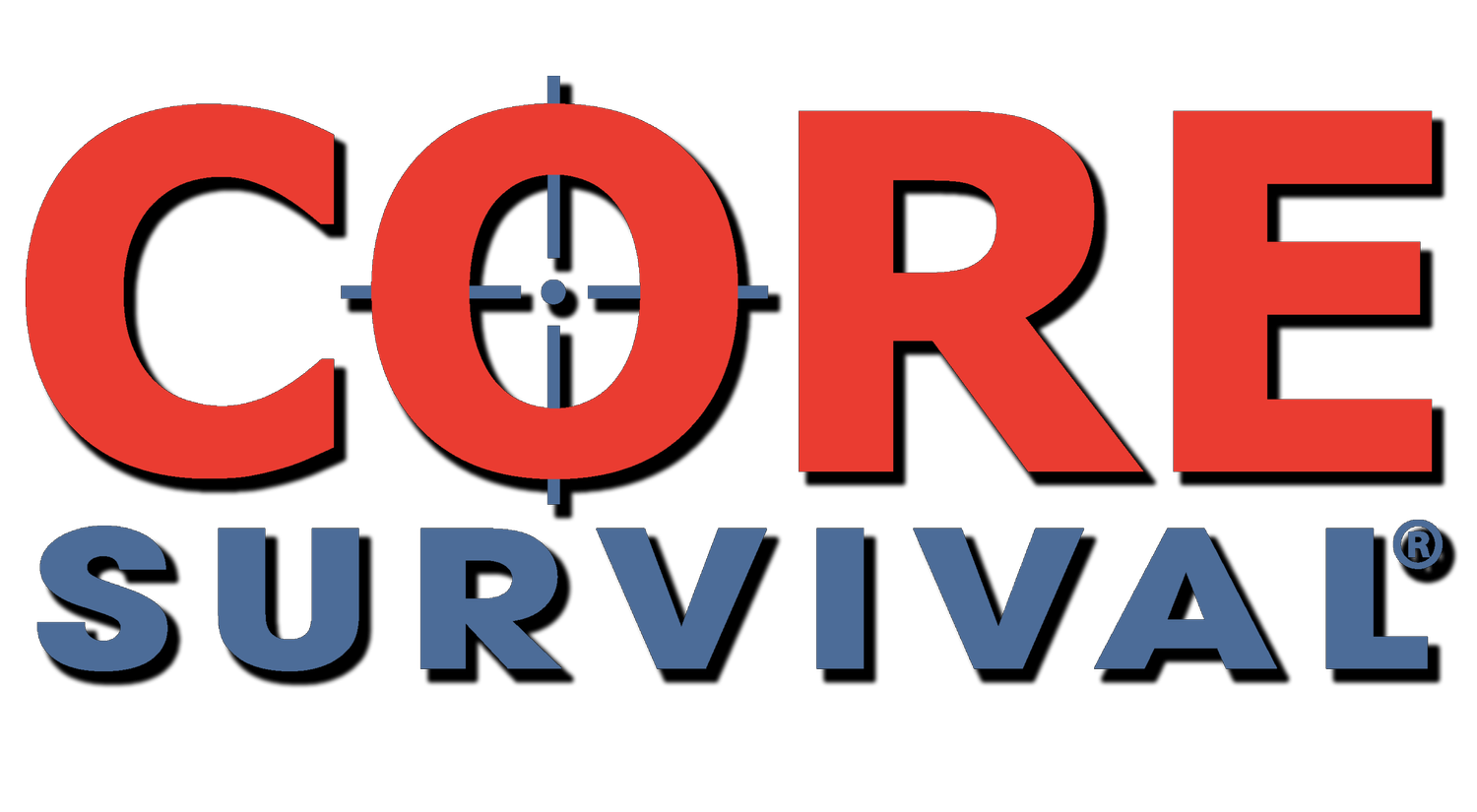The Israeli PJ’s Of Unit 669 In Action
Photo Credit: Celia Greion
Israel’s PJ’s are amongst the elite forces using our HEL-STAR 6® Marker Lights. Read on to learn more about their specialized training and mission. We are proud to support our local Israeli supplier of HEL-STAR Lights and other CORE Survival® products, Agilite Systems Incorporated
How do you become a commander in Unit 669?
We joined the commander’s course of the Israeli Air Force’s Rescue and Evacuation units, which have undergone tremendous changes in recent years. We heard how the unit’s officers are taught lessons on command, the brotherhood of fighters and how to save lives.
Sunday at Noon, a cliff in the center of the country. If you were a passerby you would probably think that a mass casualty incident took place in that area, and that’s why the entire length of the cliff was covered in ropes and harnesses. All of them connected to Unit 669 (rescue and evacuation combat units). In fact, the rescues being carried out are part of that unit’s team commander’s course, which in recent years has undergone end-to-end change.
The commander’s course takes six weeks, and is open to those fighters who have taken an officer’s course and completed their compulsory training at Training Base 1. The main goal of the course is to restore the fighters to fitness after a long period of time in the unit explained Captain R, commander of the course. In addition to returning them to fitness the course provides commanders with command, leadership and administrative tools. This complete training is the best platform for the officers that make up Unit 669.
After the morning briefing, the cadets learn the new combat doctrine that has been introduced to the unit which involves tying the ropes in a better and safer way and the inclusion of a new, efficient pulley.
These members of the rope division are transferring their knowledge to these fighters who in a few weeks will be in command of other officers. Within a few minutes fighters, some carrying stretchers or other fighters on their backs are dangling down the cliff and practicing new rescue methods.
Throughout the duration of the course trainees undergo marine rescue programs to teach them how to be position controllers. They also learn new combat doctrines and go through a week of intensive training in which they will be forced to cope with many unplanned scenarios.
During the course we learn how to work with other personnel in the unit and begin the complex process of returning to full fitness said Sgt. A, a course trainee who will go on to become a special operations officer in the unit.
The course for team commanders is designed for professional officers, training team commanders and task force commanders and will take place once a year and combine all the training for junior officers of the unit. Every soldier in the Army is involved with the security of the State and it is a great privilege to be part of this unit. The command in Unit 669 is decentralized and each commanding officer is required to make independent decisions in conditions of uncertainty, under time pressure and, in harsh surroundings in cooperation with other forces. As a result, the unit develops and strengthens the capabilities of each of its officers.
Up until two years ago the course was restricted to officers who were supposed to command the training for fighters. Last year, the course was expanded to include training for operational rescue teams as well as to help complete the military training of professional officers.
We are making a way for everyone to reach the highest level of professional success, this course allows us to get to know the commanders better and understand their individual strengths and weaknesses, said one of the course commanders. Every team leader leads training for a week, and through feedback we can discuss and help improve each other’s weak areas. When the course is over I can sit down with the senior commanders and tell them about each officer while explaining where they need reinforcement and additional training. When there are shortcomings we are not aware of, they can interfere with our ability to work and develop. We are saving lives, so our first priority is to minimize our mistakes.








